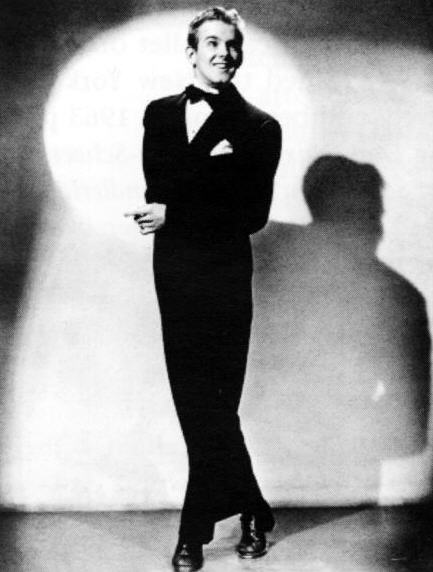 June 23 will mark the anniversary of dance legend Bob Fosse’s birth in 1927, almost 90 years since. Fosse was an American actor, dancer, musical theatre choreographer, director, screenwriter, film editor and film director, with some of his dance work including The Pajama Game (1954), Damn Yankees (1955), How To Succeed In Business Without Really Trying (1961), Sweet Charity (1966), Pippin (1972), Cabaret (1972) and Chicago (1975). He won eight Tony Awards for choreography and one for direction.
June 23 will mark the anniversary of dance legend Bob Fosse’s birth in 1927, almost 90 years since. Fosse was an American actor, dancer, musical theatre choreographer, director, screenwriter, film editor and film director, with some of his dance work including The Pajama Game (1954), Damn Yankees (1955), How To Succeed In Business Without Really Trying (1961), Sweet Charity (1966), Pippin (1972), Cabaret (1972) and Chicago (1975). He won eight Tony Awards for choreography and one for direction.
Fosse was born the son of a vaudevillian and began performing in vaudeville as a child. By his early teens he was appearing on stage in a variety of burlesque shows and he began studying dance at a small institution, but soon moved on to the Frederick Weaver Ballet School where he was the only male enrolled.
Fosse’s third and last wife, Broadway legend Gwen Verdon, helped to define and perfect what is now known as “Fosse”, the unique and distinct style which Fosse used to choreograph and become such an iconic mover. With fantastic energy and artistry, Fosse was one of this century’s great choreographers, forging his craft on the Broadway stage and on film and becoming as big an artist as Vaslav Nijinsky and George Balanchine.
As an artist, Fosse was known for his thoroughly modern style, training under jazz star Jack Cole, a creating a signature style which could not be mistaken for any other movement. His movement vocabulary consists of snapping fingers, hip and shoulder rolls and backward exits alongside exaggerated hip movements, struts and white-gloved, single-handed gestures. Some of his stereotypical style was born of his dislike of certain parts of his body, such as white gloves to hide his large hands and tilted bowler hats to hide his balding head. Despite this, his movement and consequent dancers he taught were fluid and angular, full of style and charisma.
Image courtesy of Wikipedia.
